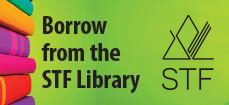
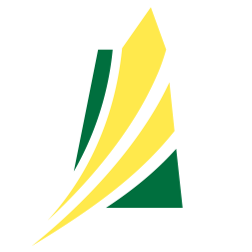






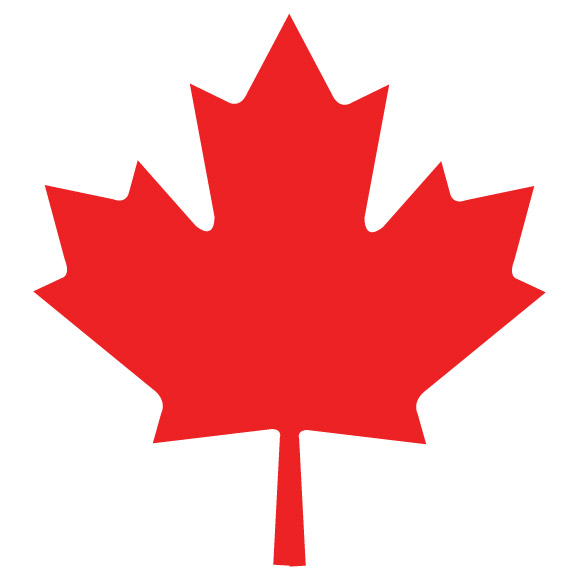
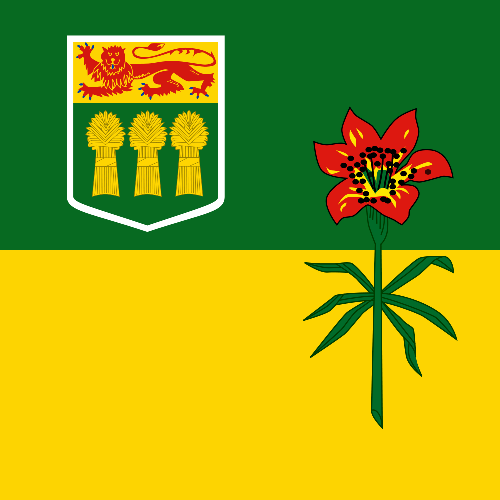
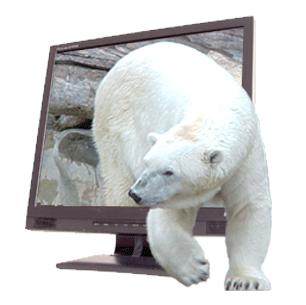






The Sask Outdoors website offers educators a wealth of resources, including lesson plans, professional development opportunities, and tools designed to integrate outdoor and environmental education into their teaching practices. It also provides access to specialized programs like Project WET, climate action education, and guides for facilitating outdoor learning experiences.
Some of the resources offered:
-
Curriculum-Aligned Lesson Plans – Access a variety of outdoor and environmental education lessons tailored to Saskatchewan curricula.
-
Professional Development Workshops – Participate in training programs like Project WET, Project WILD, and Below Zero to enhance outdoor teaching skills.
-
Climate Action Education Resources – Explore toolkits and guides for teaching climate change, sustainability, and environmental stewardship.
-
Outdoor Learning Guidebook – Download “A Teacher’s Guidebook for Bringing Learning Outside” to support planning and risk management for outdoor education.
-
Networking and Community Events – Join a community of educators and outdoor leaders through conferences, meetups, and collaborative initiatives.








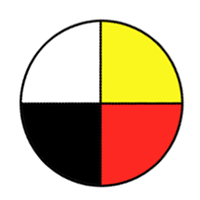









As readers progress through the book and explore the analogy to the Tree of Life, a proportionate section of the tree is shaded yellow to represent the place of each kingdom or branch within the world of living things. Once the author reaches the animal kingdom, further classification indicates the place of invertebrates and vertebrates. From there, branches on the tree represent fish, birds, reptiles, amphibians and mammals. Ultimately, one small yellow leaf indicates human's place on the tree. This analogy causes readers to reflect on the variety of life on Earth and on the impact humans have on all living species.



Microbiology gives us insight into the part played by bacteria, yeasts and fungi. Biochemistry reveals how the chemical processes in living organisms cause change. Entymology reveals the vital role of insects in the great cycle of decay. The video also explores the incredible science behind preservation, from new food packaging and chemical additives to UV radiation and osmotic pressures.

Below Zero activity guides are free to teachers attending a Below Zero workshop, often offered in conjunction with Project WILD workshops. These workshops provide an opportunity to experience the activities and to plan how to use them in the classroom. A modest registration fee covers workshop materials and expenses.


Part Two looks at space and space exploration. Scientists are devising ways to explore and colonize space that are cost effective. The Jet Propulsion Lab is exploring various options for propelling rockets into space. There is also discussion about Pluto and its status as a planet.
Part Three shows what goes on inside the sun. It discusses solar flares, solar radiation, sun spots, and their impact on earth. An accompanying lesson plan can be found online at http://school.discoveryeducation.com/teachersguides/pdf/earthscience/ds/discover_magazine_the_solar_system.pdf
Teachers are encouraged to use segments of the program that relate directly to curriculum outcomes.































































Teachers should select portions of the program that relate directly to specific learning outcomes.






The book was compiled by and co-published with Saskatchewan Environment and Resource Management.


The author describes Ookpik's journey south. He sees things for the first time, such as trees. Natural surroundings are changing as Ookpik travels from the barren Arctic to the taiga and finally arrives at his destination in the Adirondack Mountains.
The author has included additional information on the snowy owl in the back of the book.








In the second part of the program, comets are featured. Students will learn about the formation of comets. As well, comets orbit the sun in the Kuiper Belt and the Oort Cloud, with some comets coming close to Earth. Also shown is the comet that smashed into Jupiter and its resulting impact on the planet.

Project WILD activity guides are free to teachers who attend a Project WILD workshop. These workshops provide an opportunity to experience the activities and to actively plan how to use them in the classroom. A modest registration fee will cover workshop materials and expenses.




















The authors also provide educators with a sense of how it will look when strategies are incorporated for teaching English Language Learners in the classroom. If an educator is unfamiliar with English Language Learners, this book provides strategies for working with ELL students, how a second language is learned and connecting with families. Strategies to incorporate into daily teaching are discussed and while this is a science-related book, these strategies could be implemented in any area of teaching.






















The program won the 2009 Bronze Award medal for Cinematography in the New York Festivals International Film & Video Awards.
























This document will assist individuals and communities to engage in meaningful discussions and actions to respond to the experiences, perspectives and needs of students and families who are gender and/or sexually diverse (GSD).
Content includes:
- Gender and Sexual Diversity
- First Nations and Métis Ways of Knowing
- Assumptions, Privilege and Oppression
- Comprehensive School Community Health (CSCH)
- CSCH Approach to Creating Inclusive Schools



































and grades. Suggested curriculum outcomes are identified and, if applicable, supporting indicators
are noted.

























The purpose of the presentation is to describe strategies teachers can use to approach content that may be perceived as sensitive in their community in order to:
- ensure the learning environment is safe for respectful dialogue;
- teach students how to think critically about any topic with an open mind; and,
- meet curricular outcomes.





Saskatchewan context, differentiation is addressed through the Adaptive Dimension which enables all teachers to respond to student diversity, including their strengths and needs, interests, backgrounds, life experiences and motivations.


















